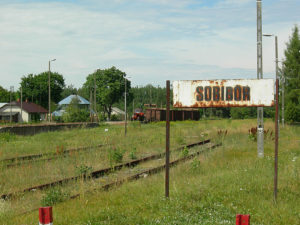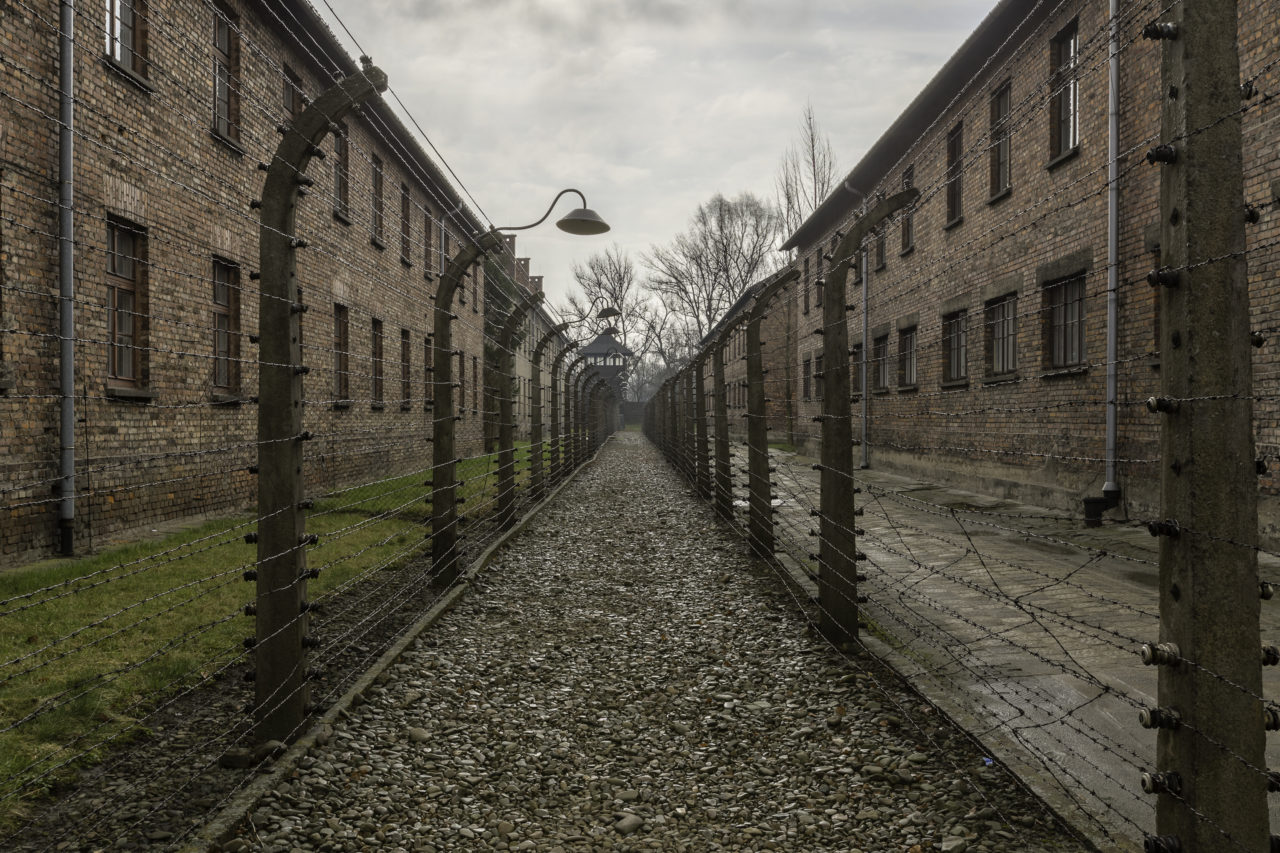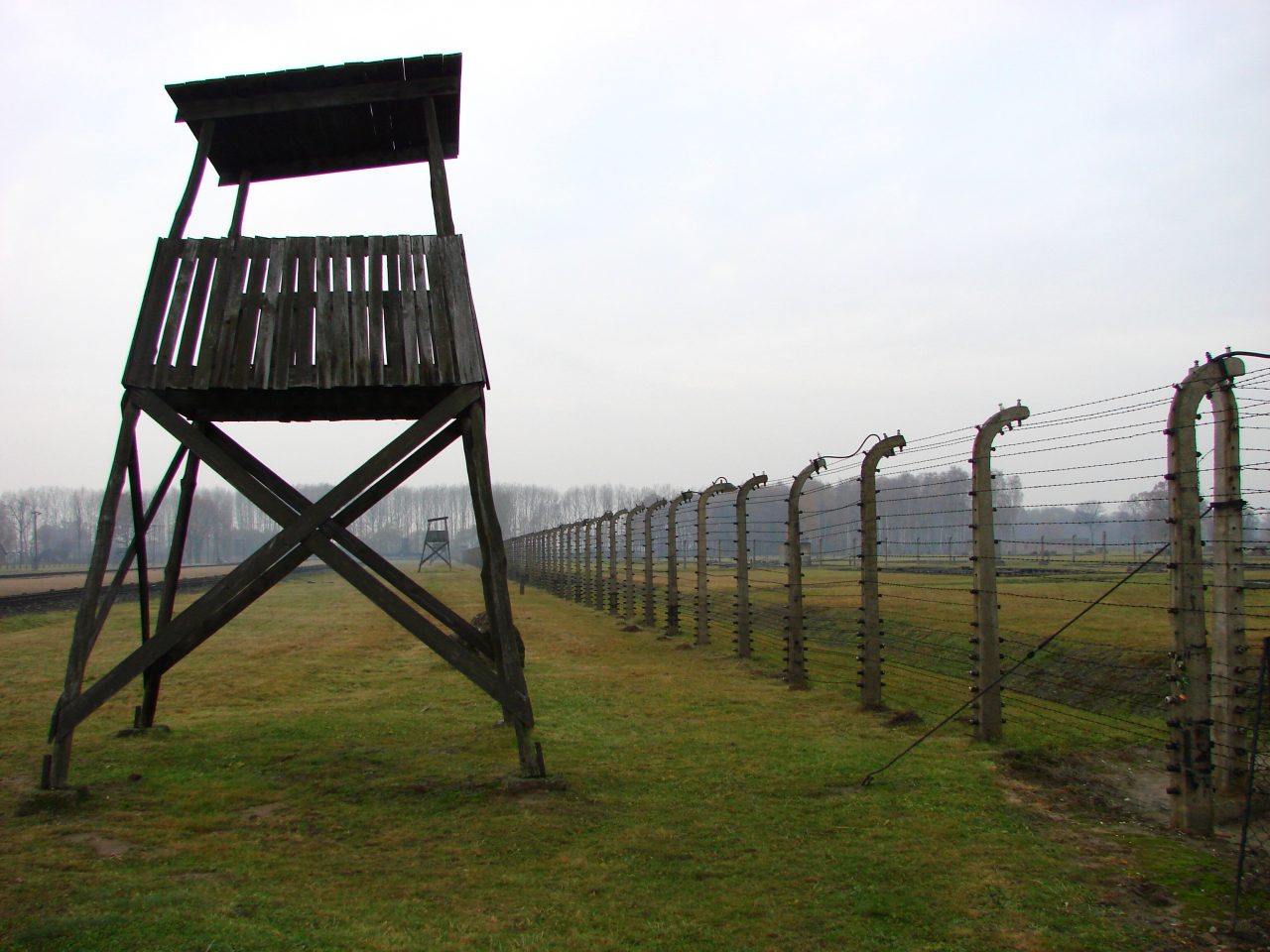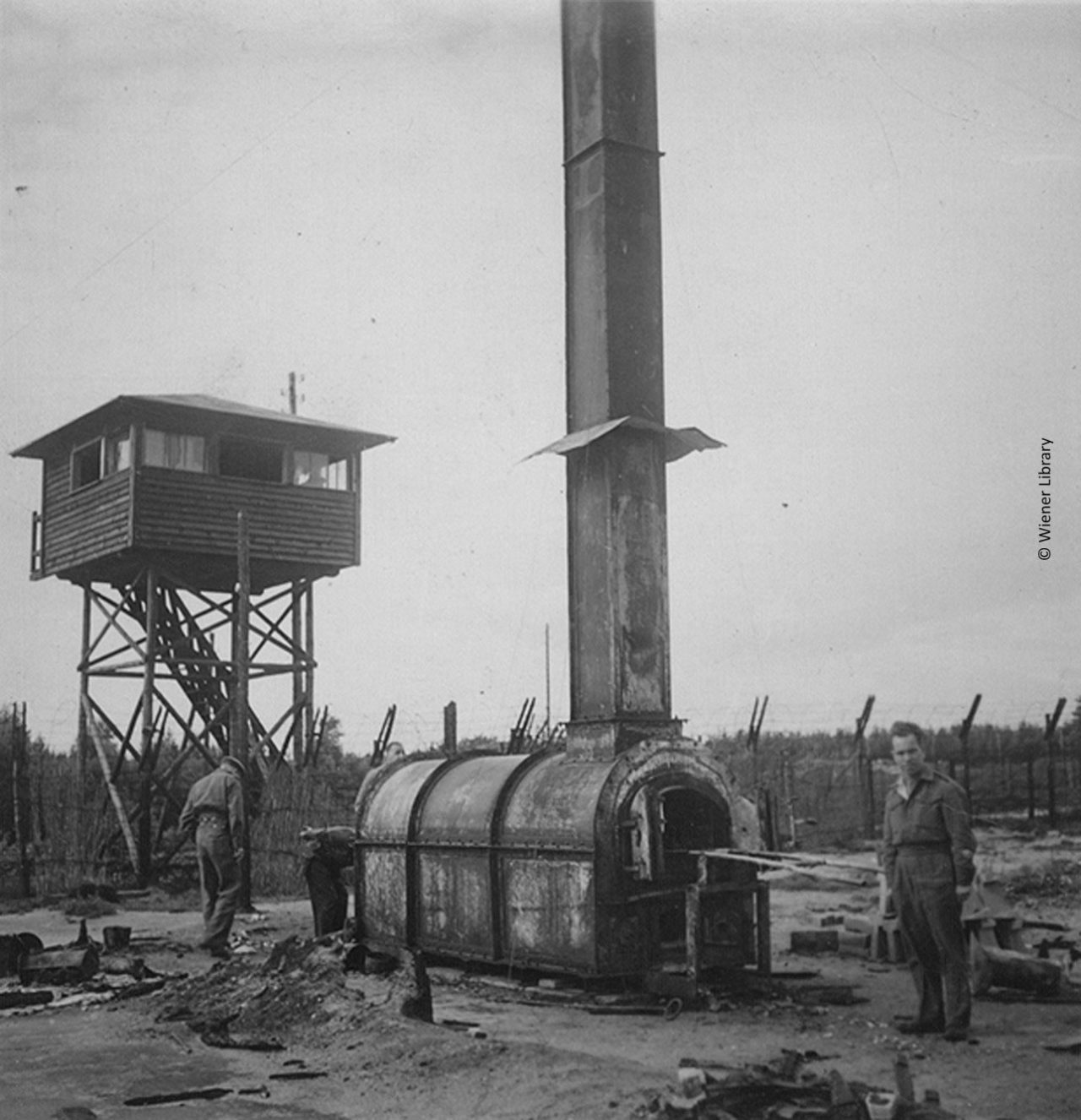14 October 1943: Uprising at Sobibor death camp
Sobibor, a death camp in a small village in present-day Poland, operated as a killing centre from 1942-1943 as part of Operation Reinhard – part of the Nazi’s final solution to exterminate all of European Jewry.

Sobibor today © Jacques Lahitte
The camp was built in a sparsely populated region and the barbed wire fences were interwoven with trees to hide its barbaric function to the outside world. The perimeter was surrounded by a minefield.
Sobibor was divided into three parts – administration, reception and a killing area. The reception and killing areas were joined by a path known as ‘the tube’. There were barracks for the Sonderkommandos (prisoners who were selected to work in the camp), buildings for sorting the possessions of those who were murdered and the gas chambers and mass graves. The killing centre had been designed with industrialised murder in mind.
Regular gassings started in May 1942 and Jewish men, women and children began to arrive from enforced deportations all over occupied Europe. On arrival, they were forced to hand over their possessions, made to undress and run through ‘the tube’. The women would have their heads shaved and they were sent directly into the gas chambers which were labelled ‘showers’. Carbon monoxide would be pumped into the chambers and those inside would be killed.
Prisoners who were selected to stay alive removed bodies from the gas chambers and buried them in mass graves which were exhumed in the autumn of 1942 and burnt in open air ovens. Any bone fragments were crushed into powder in an attempt to destroy all evidence of mass murder. The gas chambers operated until autumn 1943. Approximately 200,000 people were murdered in Sobibor.
Seeing that the killing operation was being wound up and knowing of the dismantling and liquidation of the death camp at Belzec, the prisoners at Sobibor organised a resistance group. On 14 October 1943, 300 prisoners who were in the resistance group killed several guards and escaped. Most were captured and killed. After the revolt the guards murdered all remaining prisoners and dismantled the killing centre.
Regina Zielinski survived Sobibor and said ‘our only aim was to dream we could get out and tell everyone.’


